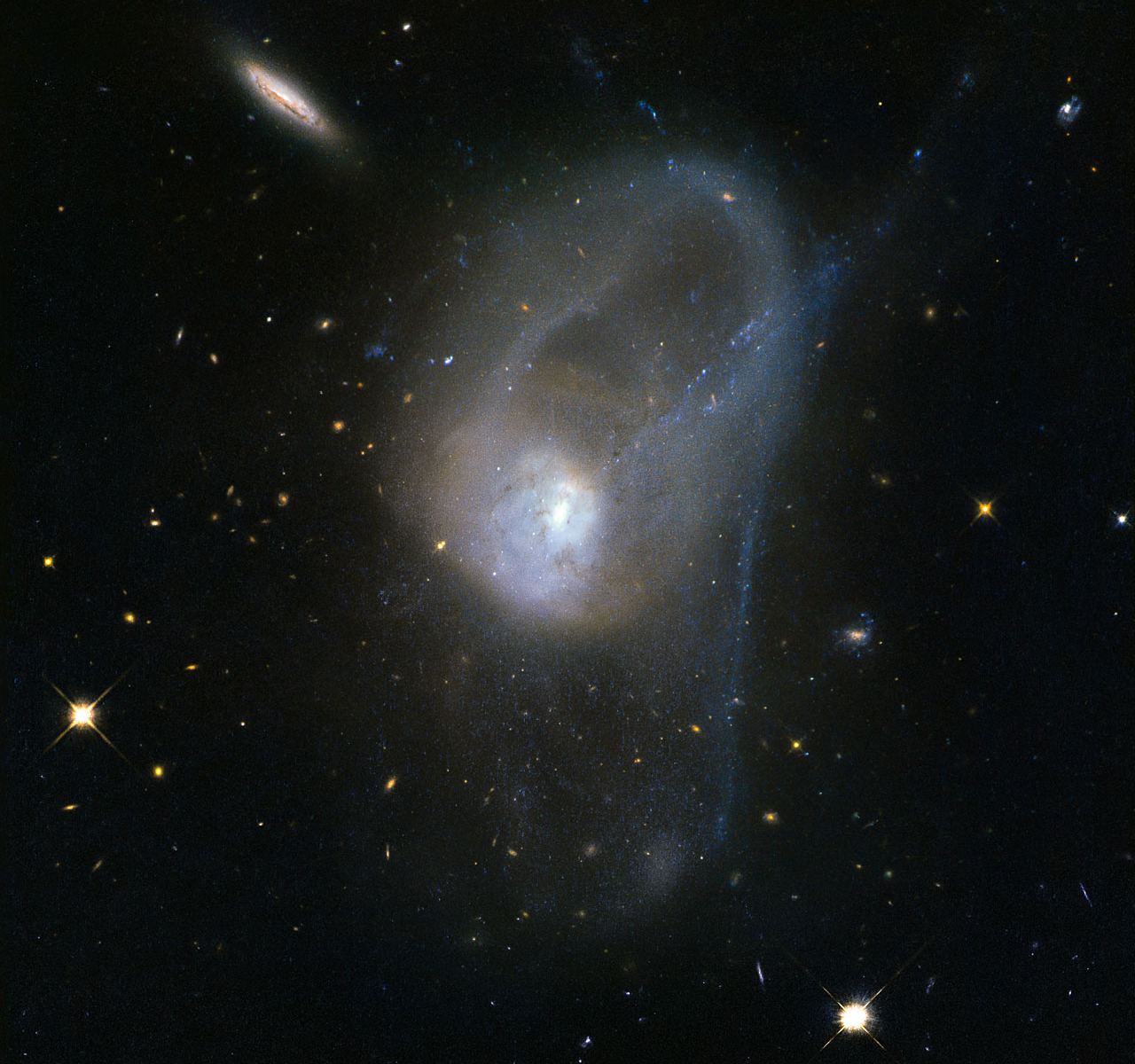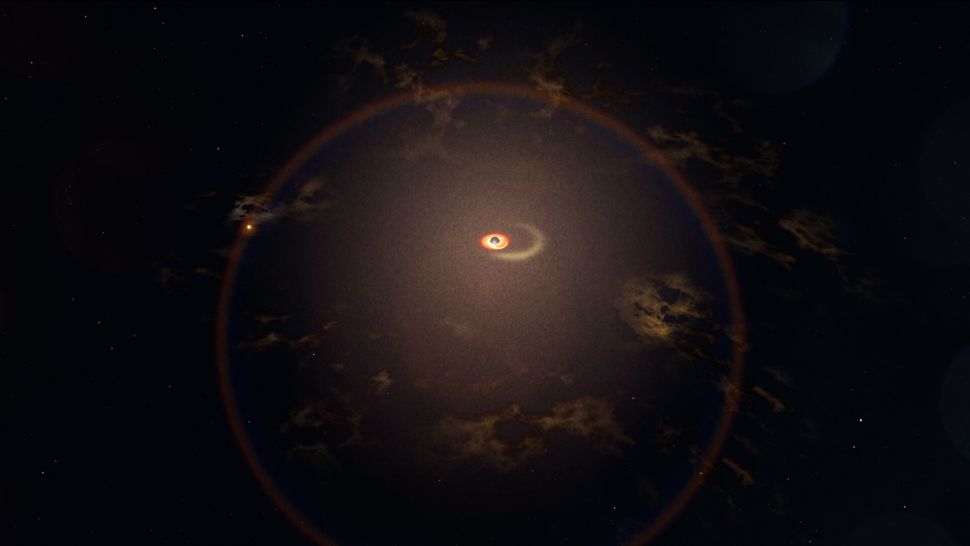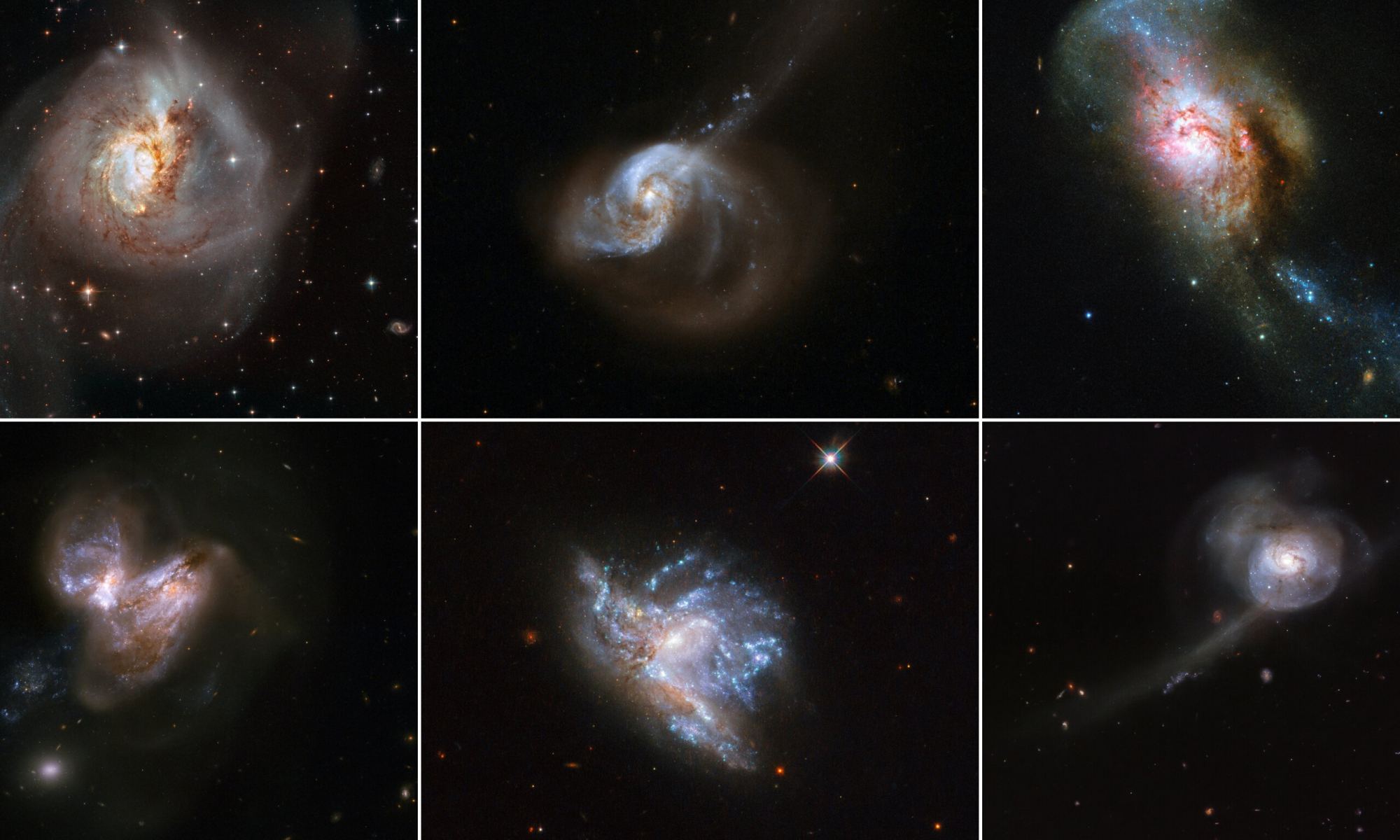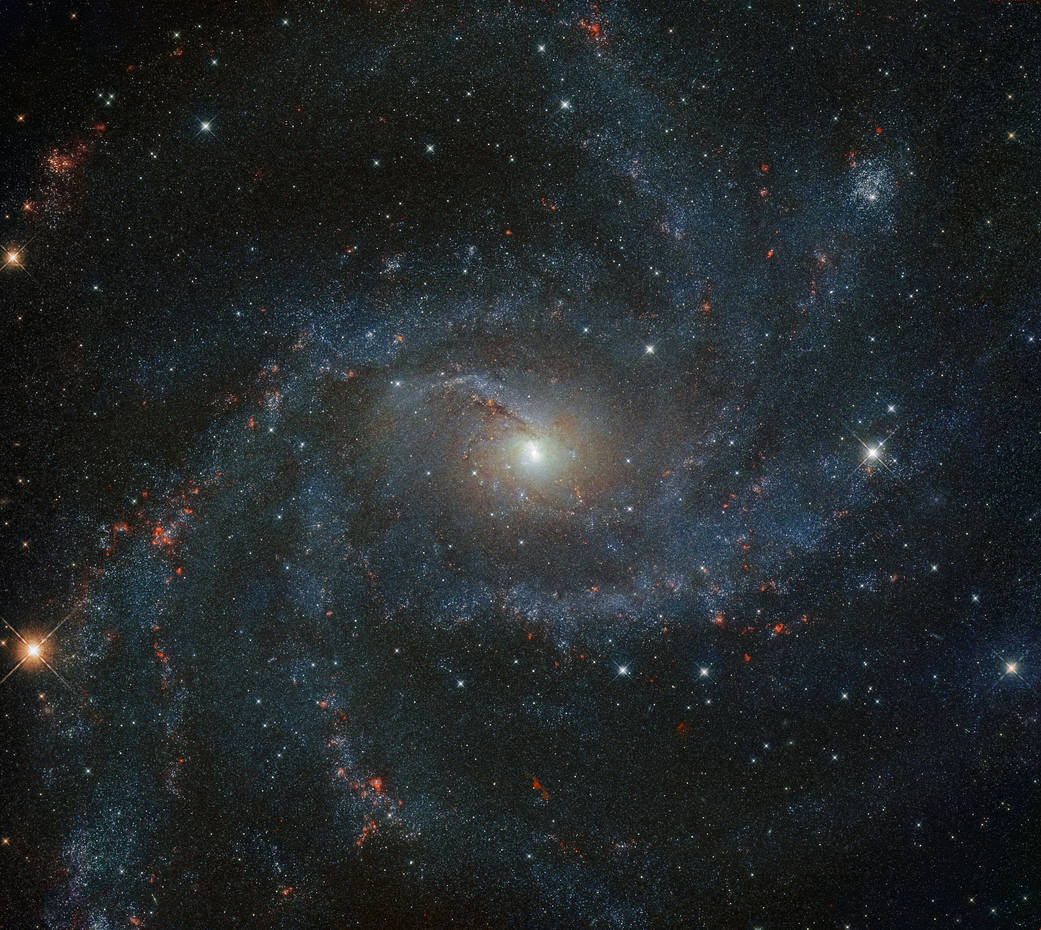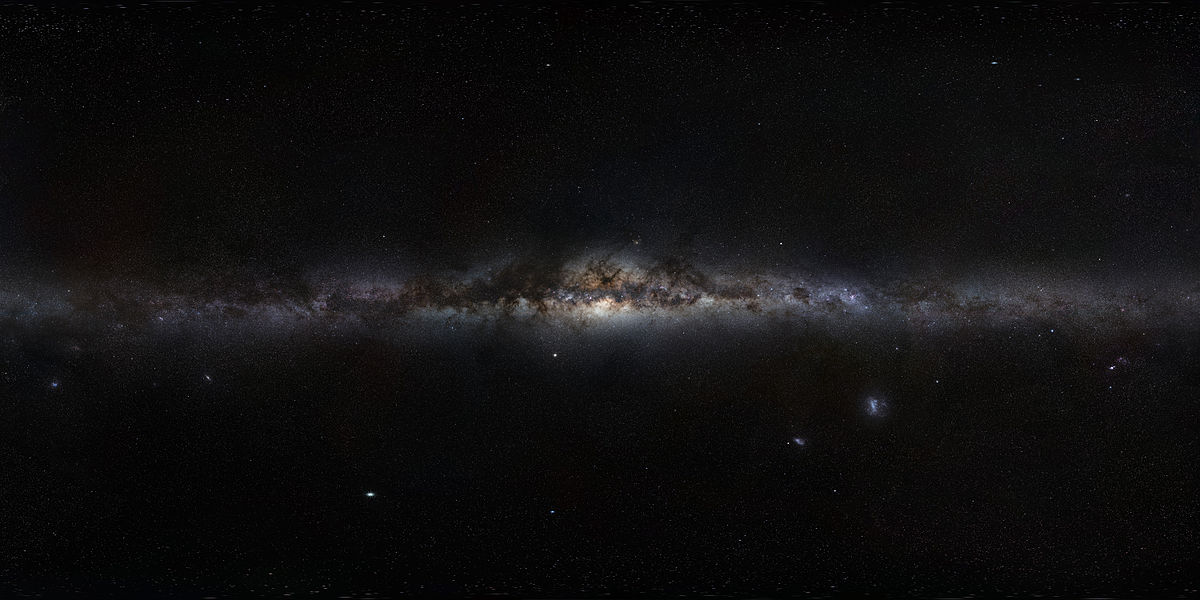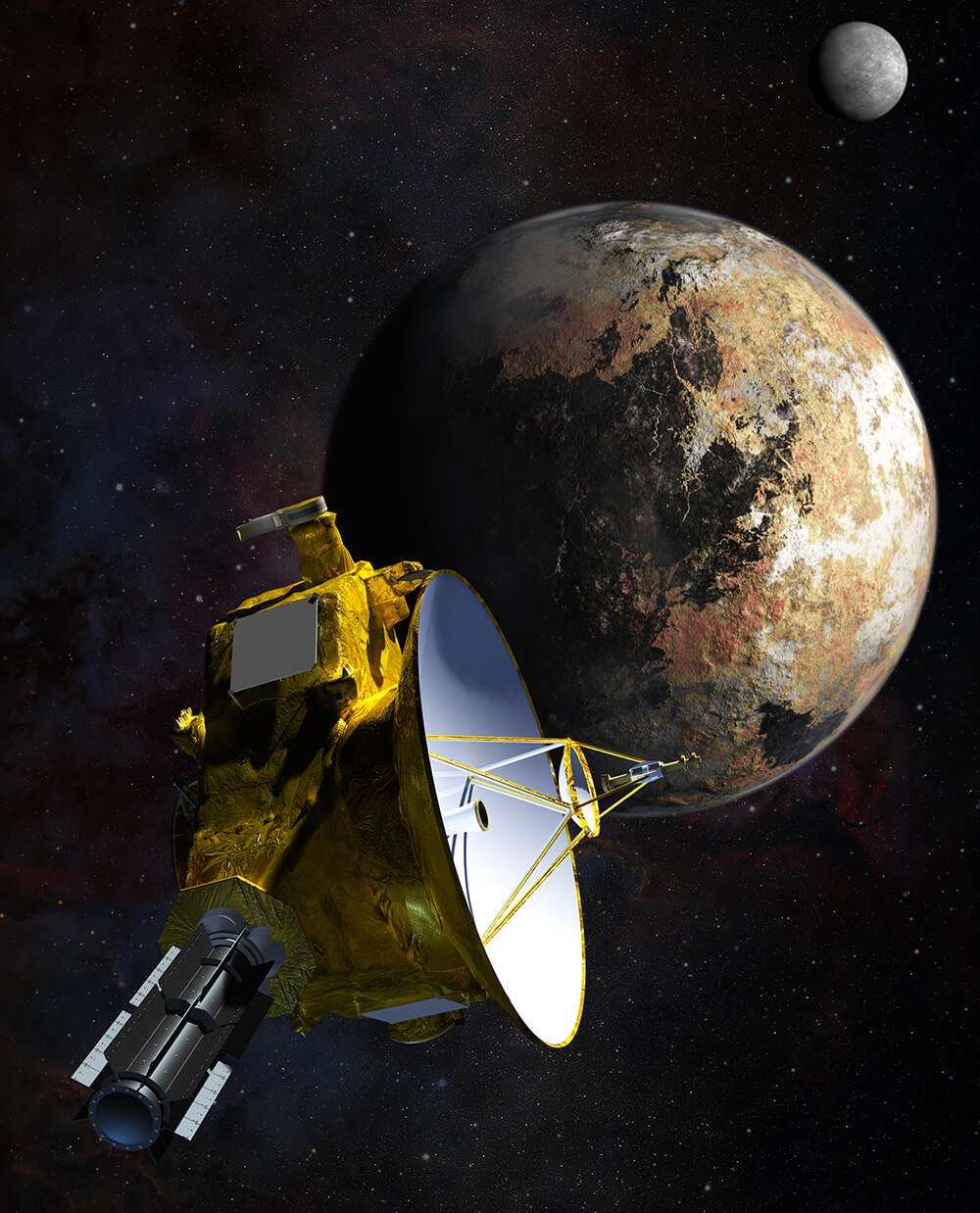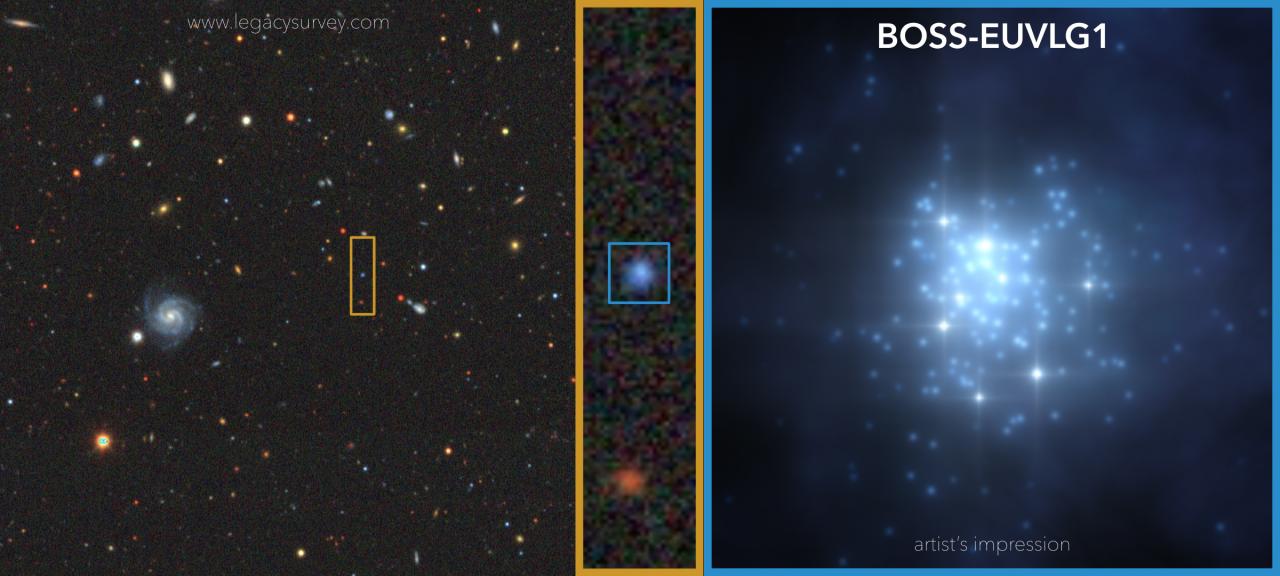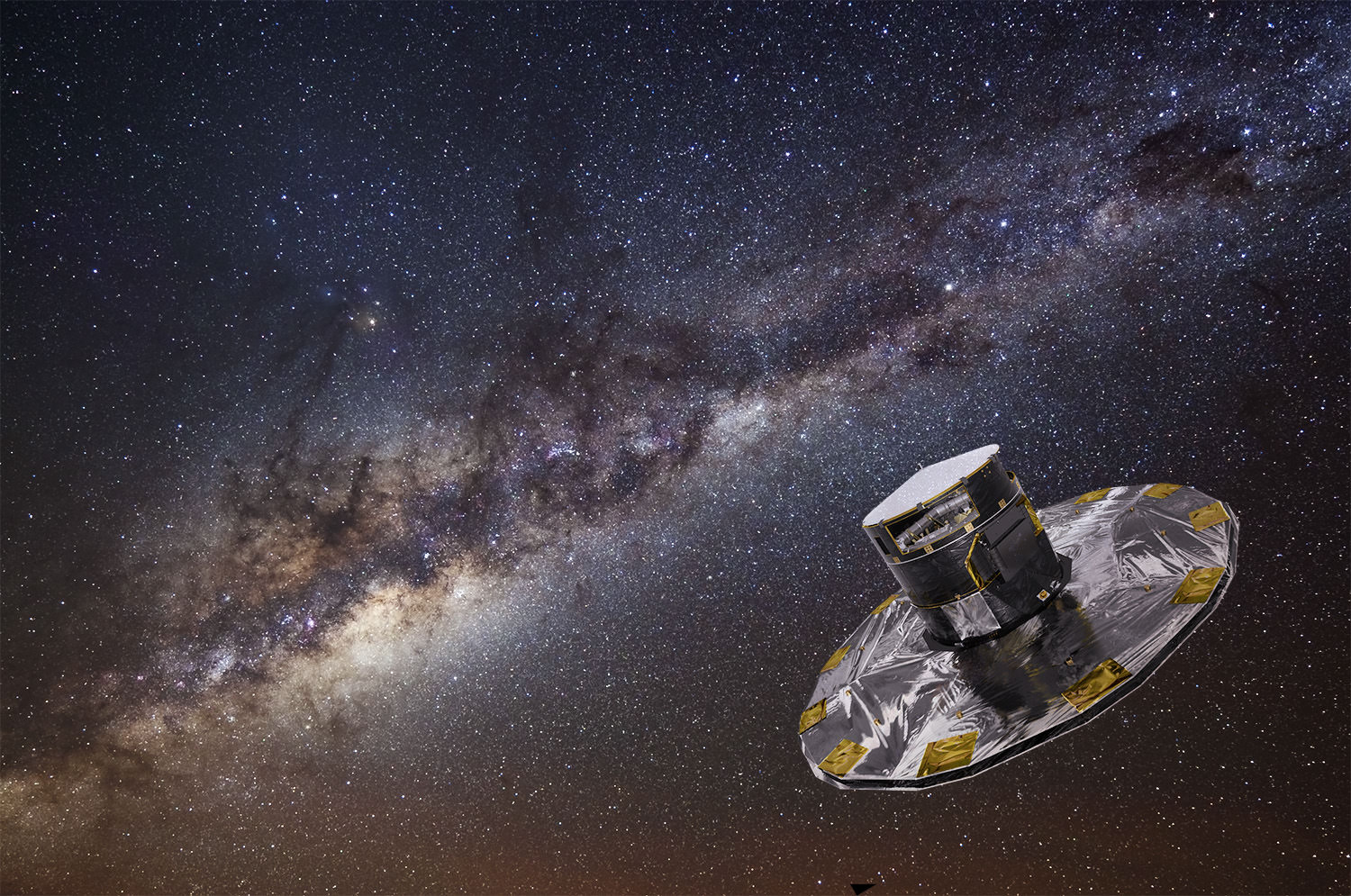Galaxy mergers are beautiful sights, but ultimately deadly. In the midst of the collision, the combined galaxy will shine brighter than it ever has before. But that glory comes with a price: all those new stars use up all the available fuel, and star formation grinds to a halt.
Continue reading “Galaxy Mergers can Boost Star Formation, and it can Also Shut it Down”Galaxy Mergers can Boost Star Formation, and it can Also Shut it Down
